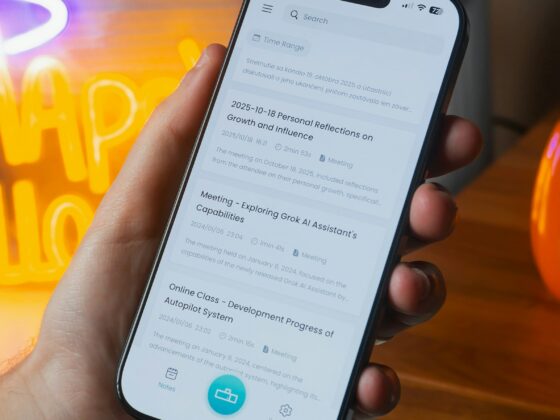This week at Fortune Brainstorm Tech, I sat down with leaders actually responsible for implementing AI at scale – Deloitte, Blackstone, Amex, Nike, Salesforce, and more. The headlines on AI adoption are usually surveys or arm-wavy anecdotes. The reality is far messier, far more technical, and – if you dig into details – full of patterns worth stealing. A few that stood out:
(1) Problem > Platform
AI adoption stalls when it’s framed as “we need more AI.” It works when scoped to a bounded business problem with measurable P&L impact. Deloitte‘s CTO admitted their first wave fizzled until they reframed around ROI-tied use cases.
➡️ Anchor every AI proposal in the metric you’ll move – not the model you’ll use.
(2) Fix the Plumbing
Every failed rollout traced back to weak foundations. American Express launched a knowledge assistant that collapsed under messy data – forcing a rebuild of their data layer. Painful, but it created cover to invest in infrastructure that lacked a flashy ROI. Today, thousands of travel counselors across 19 markets use AI daily – possible only because of that reset.
➡️ Treat data foundations as first-class citizens. If you’re still deferring middleware spend, AI will expose that gap brutally.
(3) Centralize Governance, Decentralize Application
Nike’s journey is a case study:
Phase 1: centralized team → clean infra, no traction.
Phase 2: federated into business-line teams → every project tied to outcomes → traction unlocked.
The pattern is consistent: centralize standards, infra, and security; decentralize use-case development. If you only push from the top, you have a fast start but shallow impact. Only bottom-up ownership gives depth.
➡️ You can’t scale AI from a lab. It has to live where the business pain lives.
(4) Humans are harder than the Tech
Leaders agreed: the “AI story” is really a people story. Fear of job loss slows adoption.
➡️ Frame AI as augmentation, not replacement. Culture change is the real rollout plan.
(5) Board Buy-In: Blessing and Burden
Boards are terrified of being left behind.
Upside: funding and prioritization.
Downside: unrealistic timelines and a “go faster” drumbeat.
Leaders who navigated best used board energy to unlock investment in cross-functional data/security initiatives.
➡️ Harness board FOMO as cover to fund the unsexy essentials. Don’t let it push you into AI theater.
(6) Success ≠ Moonshot, Failure ≠ Fatal.
– Blackstone‘s biggest win: micro-apps that save investors 1–2 hours/day. Not glamorous, but high ROI.
– Nike‘s biggest miss: an immersive AI Olympic shoe designer – fun demo, no scale.
Incremental productivity gains compound. Moonshots inspire headlines, but rarely deliver durable value.
➡️ Bank small wins. They build credibility and capacity for bigger bets.
In enterprise AI, the model is the easy part. The hard part – and the difference between demo and value – is framing the right problem, building the data plumbing, designing the org, and bringing people along.






